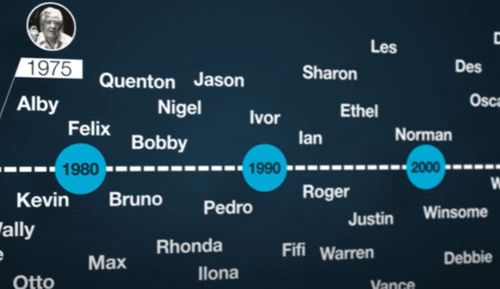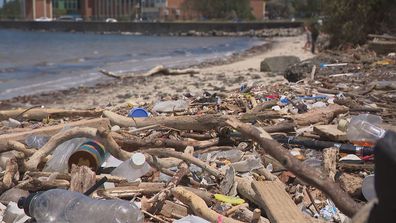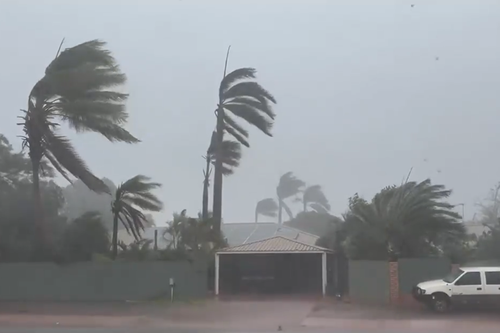Initially, the cyclones were only given female names – with the first official names being Audrey and Bessie in 1964.

The tradition actually began decades earlier, in the 1890s, when Queensland meteorologist Clement Wragge began giving tropical cyclones names in alphabetical order using the Greek alphabet, mythological characters and politicians he didn’t like.
This practice began to fade and Australia only began doing it again in the 1960s.

‘Just awful: Sydney beach resembles rubbish tip after wild storms
After 1975, the bureau broadened its options to include male names.
As tropical cyclone Sean batters the coast of Western Australia, keen weather watchers may be asking the same question: how are the names chosen and why?
In short, tropical cyclones are given names to help heighten public awareness of their approach and to help the bureau easily communicate information and warnings.
Sometimes, there are several cyclones brewing in Australia at once and giving them unique, memorable names helps avoid confusion.

Other countries across the world, including the USA, also use a naming scheme for major storms.
An example of this was Hurricane Katrina, which devastated multiple states in 2005.
How do tropical cyclones get their names?
The Bureau of Meteorology is responsible for naming tropical cyclones in Australia.
It has a list of approved names they can pull from when a tropical cyclone rears its head.
Each name is a single word and is usually a given name usually reserved for humans.
The bureau has enough names still on the list to last the next 10 years.

Names can be re-used, but when a cyclone does major damage or results in death, the name is officially retired.
Names like Tracy in 1974 or Larry in 2006, for example, cannot be used again.
If a listed comes up that matches a current famous or well-known person, the bureau chooses the next name in a bid to avoid offence or confusion.
Some names on the list ready to be used include Anika, Billy, Charlotte, Darian and Ellie.
When a cyclone forms, the bureau used the next available name in the alphabetical list.
The first tropical cyclone of the 2024/25 season was named Robyn.

The next name on the list was Sean, which is why the cyclone currently developing near Western Australia was given this name.
Next up is Taliah, followed by Vince and then Zelia.
Cyclones which impact multiple countries are named through the World Meteorological Organisation Regional Tropical Cyclone Committees.
This means cyclones don’t need to be renamed as they move across borders and continents.







